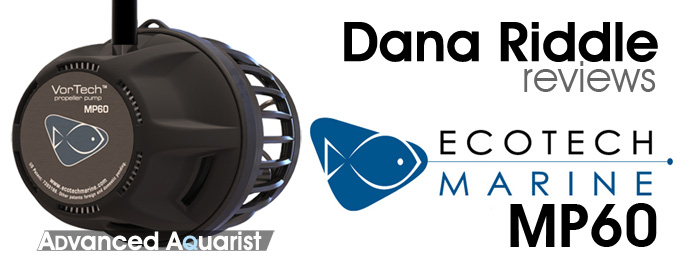
This article will conclude the product review series of EcoTech Marine’s propeller pumps, and our focus this time will be upon the largest of their currently available pump and controller, the MP60. We’ll examine this pump’s performance in different operational modes as well as power consumption.
Most product reviews examine products fresh out of the box and, in many of these cases, it is easy to give a product a glowing review. This review will report on operational issues of a MP60 that has seen over a year of service. How well did the pump hold up? What problems, if any, encountered? These questions and others will be answered below.
Manufacturer’s Specifications
The following specs are from EcoTech Marine’s website. Of these, we are particularly interested in flow and power consumption.
Dimensions:
♦ Dry-Side: 4.00 x 3.00 inches (102 x 76 mm)
♦ Wet-Side: 4.00 x 2.80 inches (102 x 71 mm)
Flow:
♦ Flow Range: 3,500-7,500 gallons (13,000 – 28,000 liters) per hour*
♦ *Sanford et al. (2011) reported the MP60 moves 8,510 (32,210 liters) gallons per hour.
Tank Range:
♦ Tank Thickness Range: 0.375 -1.00 inch (9.5 – 26 mm)
♦ Tank Size Range: 120-1,000+ gallons (450 – 3,800 liters)
♦ Clearance Needed Behind Tank: 3.30 inches (84 mm)
Power:
♦ Wattage: 10 – 60 Watts
Operational Modes
The MP60’s controller is pre-programmed with a number of operational options. Each is easily set via a touch pad. The pump’s speed (and hence pump rates) are adjustable through use of a rotary dial. This dial also indicates the mode of operational through use of color codes (that is, a green dial indicates ‘constant speed’, yellow is either ‘reef crest’ or ‘lagoonal’ mode, and so on). The controller’s memory is non-volatile and retains its setting in case of a power outage. See Figure 1 for a photo of the controller.
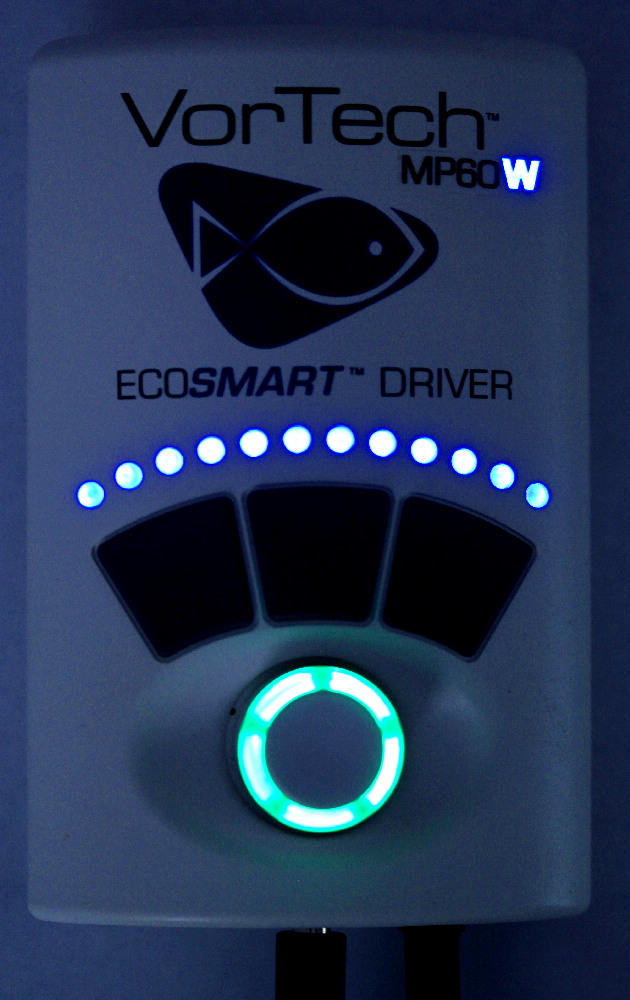
Figure 1. The dial (at bottom) indicates mode by color (green indicates ‘constant speed’ mode). The arc of 12 blue LEDs above is a secondary indicator of operational mode as well as pump speed. The lighted ‘W’ at top means the controller has wireless capability.
Constant Speed
Constant speed (indicated by a green dial) is simply that. The pump will run continuously at speed set by the user. There are 12 speeds available and these are indicated by blue LEDs on the controller (see Figure 1, above). See Figure 2 (below) for gallons pumped at each of the 12 settings.
Tidal Swell Mode (TSM)
Although this mode can operate only one pump, EcoTech Marine apparently recommends at least two pumps in order to produce currents originating from a side and the back of the aquarium. If two pumps are used, their controllers can be programmed as master/slave in a wireless mode.
The pump was allowed to operate in Tidal Swell mode at full speed. After approximately 24 hours, the wattage used was divided by run time. The power used per hour averaged 35.6 watts. Using the information shown in Figure 4, we determine the average gallons per hour pumped is 5,750 (21,764 l/h).
Nutrient Transport Mode (NTM)
As with the Tidal Swell mode, EcoTech recommends at least two pumps should be used to take advantage of flows sufficient to sweep detritus from the aquarium so it can be removed by mechanical filtration or protein skimming. Power consumed is 44.7 watts and an average flow of 6,250 gallons per hour (23,656 l/h). If two pumps are used (as recommended by EcoTech), their controllers can be programmed as master/slave in a wireless mode.
Random Mode – Reef Crest and Lagoonal Modes
Random Mode is subdivided into two distinct sub-modes. They are Lagoonal and Reef-Crest. The Lagoonal Mode is advertised to create low energy water motion found in lagoons, while the Reef Crest Mode is said to produce currents such as those found on high-energy reef crests. These are data used to determine performance in the two modes. The pump was set to randomly operate at maximum speed.
- Lagoonal: 35.26 watts consumed with an average flow of 5,700 gallons per hour (21,575 l/h).
- Reef-Crest: Used 24.38 watts for an average flow of 4,800 gallons per hour (18,168 l/h).
Short Pulse Mode
As the name implies, this mode allows operation of the pump in on/off cycles ranging in length from 0.3 – 2 seconds, with an almost infinite number of variations in between.
When operating at 2 seconds on/2 seconds off and at maximum speed, the pump pulled an average of 35 watts per hour while pumping, on average, 5,700 gallons per hour (21,575 l/h). Maximum motor temperature was 120.9F.
In one of the tanks used in these experiments (a 55-gallon – much smaller than the minimum tank size recommended by EcoTech), the short pulse mode produced a wave about 2 inches in height. This wave created a sweeping action and suspended a good deal of detritus. That the bright side. On the other hand, I have been told by aquarists I respect that this sort of wave action can eventually fatigue the tank’s joints and lead to failure -they estimate that tank life is reduced by as much as 20%. Indeed, EcoTech explicitly states that they will not be responsible for tank failure. The harmonics of the wave action produced deserves further investigation, and more experiments are currently underway.
Long Pulse Mode
As with the Short Pulse Mode, the Long Pulse allows the user to set the pump speed as well as the timing of operation. Under the conditions of the trial, the pump used 53.93 watts with an average pump rate of 6,500 gallons per hour (24,603 l/h).
Feed Mode
To allow slow-feeding fishes time to eat, the Feed Mode allows the option of automatically slowing pump speed for 10 minutes before reverting to the previously programmed mode of operation.
Heat Transfer
Direct current (DC) motors, such as those used by EcoTech Marine, tend to operate at elevated temperatures. For instance, an operational temperature of 115.1F (46.2C) while in Pulse Mode was noted, while a cooler temp of 105.6F (~40.9C) was noted when in Constant Speed mode (room temperature was ~75F or 23.9C). Water temperature was also ~75F or 23.9C. It appears as if the rubber spacer effectively insulates the motor and prevents much heat from migrating to the aquarium.
Power Consumption
Power consumption is an important factor in the long-term reef tank maintenance costs. An electrical meter (see Testing Protocol for details) measured electrical usage in watts at each of the 12 pump speed settings. The results are shown in Figure 3.
As Figure 3 shows, power consumption was 10.2 watts at minimum speed and 60.7 watts at maximum, almost exactly as advertised.
The discharge velocity of the MP60 was measured at each of the 12 pump speed settings and flow was calculated (again, see Testing Protocol for details). Flow was then plotted against power consumption in watts. See Figure 4. We’ll use these data throughout this article.
Based on data presented in Figure 5, it would appear that there is a major difference in performance in various operational modes, however, gallons pumped is not linear to power (watts) used. See Figure 4.

Figure 6. Reef Crest mode moved, on average, the least amount of water while Constant Speed mode moved the most, for a delta of about 1,600 gallons per hour. All modes were at maximum speed.
As Figure 6 shows, gallons pumped is not as dramatically different as might be assumed when judging performance on power consumption alone.
The driver (motor) is air-cooled hence its internal components are exposed to an atmosphere that can be humid and ‘salty’. The motor has held up well during its year+ of service. EcoTech Marine recommends cleaning the motor occasionally. I use ‘canned air’.
Flow with Foam Covers
Foam covers are an option offered by EcoTech Marine. A foam cover keeps larger foreign objects from entering the pump and prevents possible damage to the pump propeller. These objects range from detrital particles to small snails and curious fishes attracted to the motion of the spinning propeller (any of the long nose butterfly fishes are especially susceptible). However, use of a foam cover presents another problem – that of clogging. See Figure 7.
The addition of a new, clean foam cover cut the flow rate by about 520 gallons per hour or 1,968 liters per hour (~8%). This cover was allowed to become fouled with detritus normally found in a reef aquarium and the flow rate was again measured – a flow rate of 2194 gph (8,304 liters per hour) was calculated (a flow reduction of 67%). The foam cover was removed and rinsed free of detritus and the flow rate rose to normal (>6,000 gph; >22,710 l/h). It is possible that a restricted water intake could cause the water pressure at the propeller to drop low enough to cause cavitation.
Pump Ventilation
Ventilation occurs when air is pulled into the pump from the surface. Other manufacturers have solved this issue by having no intake ports on the top one-quarter of the propeller shroud, however, the MP60 has does not have this feature. To test for possible ventilation, the pump was placed 2 inches (~50mm) below the water surface and allowed to operate in various modes. In the worst case, only a small vortex of air was pulled into the pump. Apparently the large diameter of the intake allows low velocity flow to enter the pump thus preventing ventilation.
Noise
Noise tends to distract from the initial impression of a reef tank and be a major annoyance if the aquarium is in a ‘quiet area’ such as a bedroom. When the pump is in the constant speed mode, the motor’s sound is constant and, to me at least, is something of a white noise and barely noticeable. When in any of the variable speed modes, the motor ramping up and down makes the noise become apparent. I checked the motor noise when in short pulse mode with a sound meter. Results are shown in Figure 8.
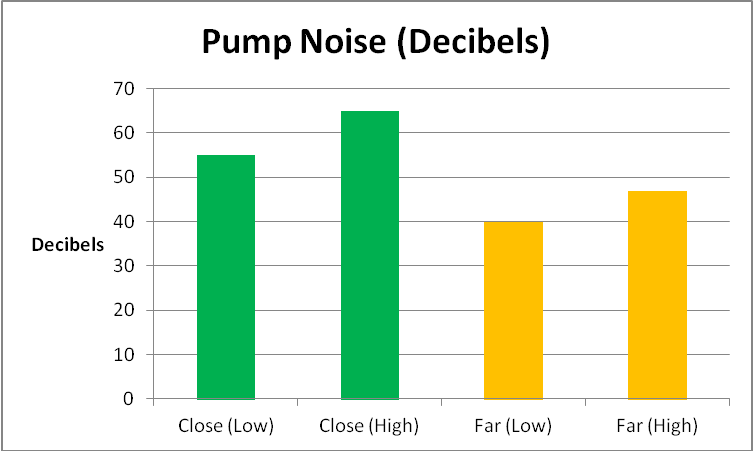
Figure 8. Sound levels (in decibels) taken a few inches from a MP60 and about 6 feet away. The pump was in short pulse mode.
What do these numbers mean? Although the decibel scale is logarithmic, an increase of 10 decibels is perceived to be twice as loud. Hence, the noise generated by the MP60 in short pulse mode as it ramps from minimum to maximum speed is perceived as being twice the noise. To put this in perspective, a normal conversation at a distance of 3 feet is about 65 decibels.
Figure 9 shows the decibel levels generated by the MP60 at minimum to maximum speed and at a distance of ~1 foot. This is what an aquarium observer would hear.
Reliability
The motor driver has held up well enough for over a year, but the power supply failed after 13 months (warranty is 12 months). It is a rather odd capacity (32V and 3.0 amps) Replacement cost at the time of this writing is $120.00 US (~97€), plus shipping.
Another issue is with the power cable attachment to the motor. It is not a robust connection and separation is possible with minor abuse (such as accidental uncoupling of the pump and motor). See Figure 10.
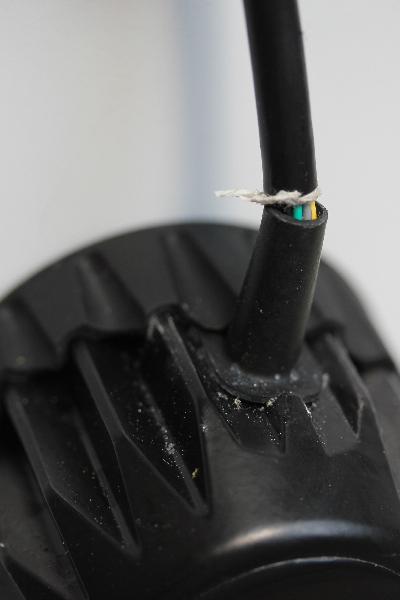
Figure 10. Stuff happens. The electrical cord pulled loose when the motor accidentally uncoupled from the pump. A beefy attachment is sorely needed here (this is a MP40, but the same thing could happen to any of the EcoTech pumps).
This can be repaired by stuffing the electrical wiring into the connector and waterproofing it with a few layers of electrical tape. With that said, a beefy connection would be a better solution.
Propeller Damage
Although I had cleaned the wet-side assembly on occasion, I had never really looked for damage to the propeller, so I was in for a surprise when I looked closely. As Figure 11 shows, there are nicks and dings to the propellers leading edge. Although the damage appears minor, it isn’t. Knurling of the prop’s leading edges can cause cavitation (propellers push water by creating areas of high and low pressure. Cavitation occurs when water pressure drops so low that water boils and tiny bubbles of water vapor are created. When these bubbles implode, they act something like tiny sandblasters and cause further, albeit slow, damage. Plastic is not immune to damage caused by cavitation. Even steel impellers can be destroyed by this phenomenon). Damage caused by nicking and cavitation can eventually cause the propeller to become unbalanced which might cause damage to the rotor assembly (inspection of this ceramic/stainless steel axial shaft revealed no apparent damage). At the time of this writing, EcoTech Marine does not offer a propeller for sale in their online parts store. Instead, the rotor assembly (which includes the prop) is offered for sale at a price of $100 US (~81€). Interestingly, a propeller on a tunze prop pump (with more hours of operation in the same aquarium) did not suffer the same sort of damage. Perhaps they used a plastic of different hardness.
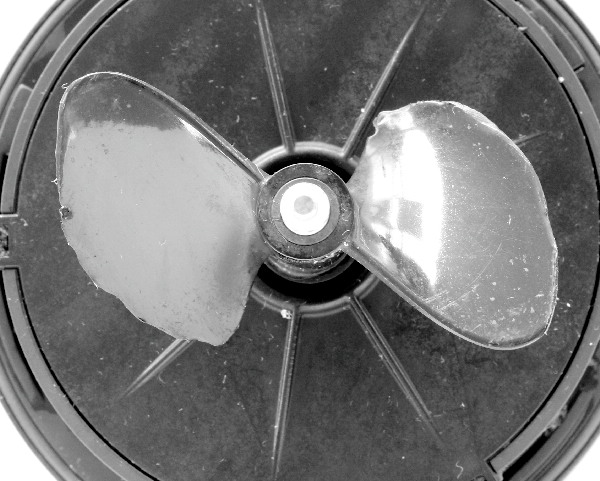
Figure 11. Propeller damage after one year of service. See text for comments about how this affects performance.
Repairing the Propeller
Propellers can be repaired, provided the damage is not severe, there are no cracks, etc. Replacement is necessary if these conditions exist. Repair can be accomplished through careful removal of burs, knurls, nicks and so on, but minimal amounts of material should be removed in order to avoid unbalancing the propeller. I used a 320 grit sanding sponge (3M SandBlaster Pro) to dress the prop. It took about 45 minutes to make the repair. See Figure 12.
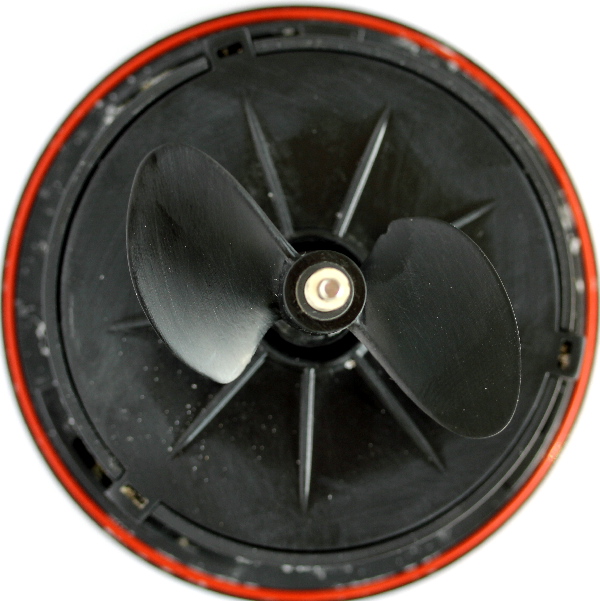
Figure 12. The repaired prop. Compare this to Figure X. Note the only damage not removed is the nick at ~1 o’clock position.
Loss of Flow
Unfortunately, flow data gathered when the MP60 was new was lost. However, it has been my experience that EcoTech Marine underrates their pumps’ performance (See Riddle, 2009; Riddle, 2010; and Sandford et al., 2011). If we use EcoTech’s advertised flow rate, this MP60’s flow rate dropped by 10.9% over the course of a year. If the flow rate determined by Sandford et al. (2011) is the metric (8,510 gph), the flow rate dropped by 21.5%.
There could be several reasons for the reduced flow. The most obvious reason might be that of propeller damage, although motor performance (or a combination of the two) could be the cause. It should be noted that the method I used for flow determination used an electromagnetic flow meter, while Sandford et al. used a Doppler velocity meter.
Miscellaneous
The MP60 comes supplied with 3 rubber spacers of various thicknesses. They are labeled with decals that should be removed before use. Do yourself a favor and mark these spacers if you intend to move the pump between aquariums of different sizes (and glass thickness). See Figure 13.
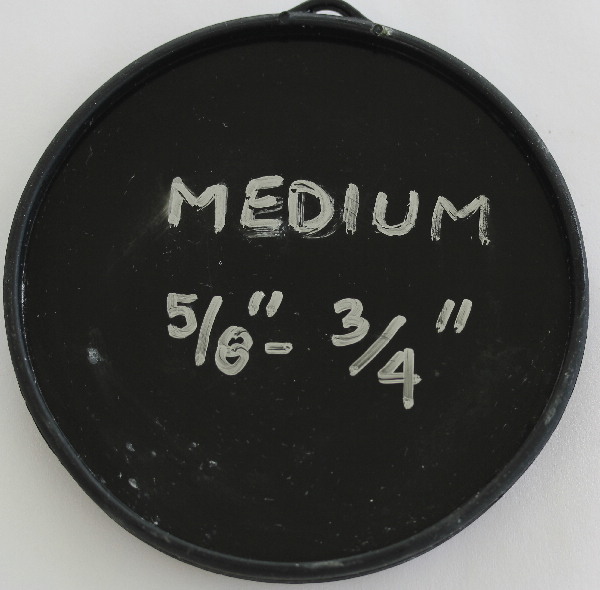
Figure 13. Do yourself a favor and mark each of the 3 spacers with their information (I used a silver Sharpie™). This will save you time and frustration later.
Customer Service
Customer service after the sale is important to all involved parties. Open and timely communications establish trust between the manufacturer and the consumer – it is an opportunity for the seller to show that it cares and any problems encountered by the buyer will be resolved to everyone’s satisfaction. This takes on added meaning when the product, such as the MP60, is ‘high-end’ and commands a premium price.
EcoTech Marine’s website offers resolution of product issues via email correspondence. This is especially convenient for me since there is a 6 hour time difference between Hawaii and the east coast. In any case, I sent an email request (confirmed by ‘Thanks! You’ll hear from us shortly’ or something to that effect) and 12 weeks later I’m still waiting for a reply. My experience with EcoTech Marine’s customer service department may be atypical, but it is my experience. I would recommend calling directly and skipping electronic communications.
As mentioned earlier, the MP60’s power supply failed and, despite my previous experience with internet communications with EcoTech, a replacement was ordered via internet. This time there were no communication problems and I received a confirmation of the order within hours. The shipping method was FedEx 2nd Day Air, and the replacement power supply was received 3 days after placing the order. At the time of this writing EcoTech Marine uses Google Wallet for checkout.
Online Operational Manuals
I am notorious for losing directions, so I appreciate when a vendor posts them on the internet. EcoTech Marine has the Quick Start directions posted in several languages.
Comments and Conclusion
At the time of this writing, the magnetically-coupled motor/pump combination is, to my knowledge, unique in the aquarium trade. The advantages are lessened heat transfer to the aquarium and a less intrusive appearance. The controller offers a number of user adjusted configurations including master/slave operation when two or more pumps are used. The pump is one of the most powerful on the market and is reasonably power efficient. On the downside, the MP60 is expensive and out of reach for many budget-conscious hobbyists. In my experience, reliability has been an issue with the replacement of the power supply necessary at 13 months and a propeller assembly replacement likely in the near future. Apparently, damage to the prop has resulted in significant flow reduction. Protection of the propeller is possible through use of foam covers. However, once these covers are fouled, they act as flow restrictors and can reduce flow by well over half. A cleaning schedule must be strictly followed in order to maintain peak performance. EcoTech would do well, in my opinion, to improve the electrical cable connection to the motor. The devices to secure the pump motor and prevent it from falling in case of an accident are not particularly attractive and, in my experience, subject to failure after a period of time, especially if they become wet. I find it rather ironic that a company that specializes in magnetic devices has not yet invented some sort of unit that utilizes magnets to act as a safety catch below the pump motor and prevent it from falling and damaging the electrical cord and/or the motor itself.
Likes
- Concept – The idea of a magnetically-coupled pump/driver is brilliant
- Minimum pump footprint within the aquarium
- Minimal heat transfer to aquarium
- Versatility offered by the controller
Dislikes
- Price (MSRP of $775.00 US; ~626€)
- Mounting Hardware is ugly and subject to failure (see Figure 14, below)
- Alignment is difficult if the aquarium wall is not transparent (plywood tank, colored acrylic, etc.)
- Propeller is prone to damage under normal operating conditions
- Controller is not waterproof
- Motor noise can be a distraction, if not an annoyance
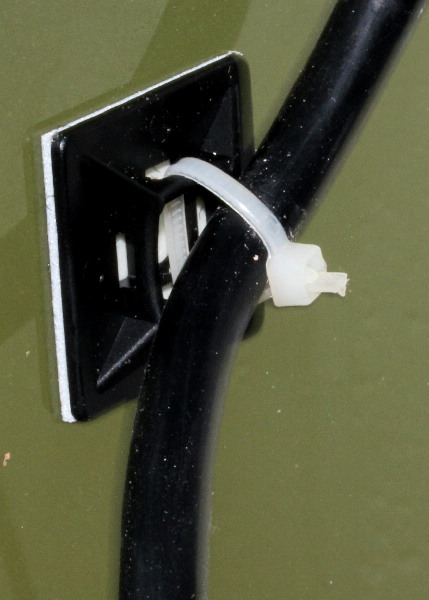
Figure 14. EcoTech Marine states the pump motor can be damaged if dropped. The safety devices supplied are slotted plastic squares with adhesive backs. Cable ties cinch the motor’s power cable in place and prevent the motor from falling in case of uncoupling. However, the adhesive can fail over time. Why not some sort of magnetic safety below the motor? EcoTech supplies black cable ties but I used white ones in order to have better contrast in the photo.
Advertised initial flow rate is not sufficient information on which to base a purchase of an expensive pump. There are many other factors to consider such as power usage, noise, reliability, customer service, etc.
The vortech pumps will surely become more refined as time goes by. At present, they are powerful and versatile. No product is perfect and the MP60 has its strengths and weaknesses. Careful consideration of all factors will determine if it is right for you and your reef aquarium.
Testing Protocol
Water velocity was tested with an electronic water velocity meter manufactured by Marsh-McBirney (Frederick, Maryland, USA). Water velocity was plugged into this formula:
Flow (gallons per hour) = Area (of Pump Discharge, in inches) X Velocity (in inches per hour)/231 cubic inches per gallon.
Determinations were made in a 240-gallon (908 liter) aquarium and a 55-gallon tank (208 liter), both filled with seawater at a specific gravity of 1.025. Noise levels (in decibels) were measured with a Sper Scientific sound level pen, model #840018. Power usage was determined with a Kill-A-Watt power meter made by P3, International.
Questions? Comments? Leave them in the ‘Comments’ section below or, for a speedier reply, email me at [email protected].
This product was purchased through normal retail channels.
Contact Information
EcoTech Marine
1349 Lynn Avenue
Bethlehem, Pennsylvania, USA 18015
Phone: (610) 954-8480
Toll Free: (800) 785-0338
Fax: (888) 500-2907
Customer Support 1(800) 785-0338 Ext. 2
Online Parts Store: http://ecotechmarine.com/parts-store/
Warranty
EcoTech Marine warranties the MP60 for 1 year from date of purchase.
References
- Riddle, D., 2009. Product Review: vortech MP10 Propeller Pump. http://www.advancedaquarist.com/2009/10/review
- Riddle, D., 2010. Product Review: EcoTech Marine’s MP-40w ES Propeller Pump and new EcoSmart Driver. http://www.advancedaquarist.com/2010/12/aafeature
- Sandford, M., W. Straka, and S. Joshi, 2011. Feature Article: Experimental Comparison of Measured Flow Output of Aquarium Propeller Pumps. http://www.advancedaquarist.com/2011/7/aafeature




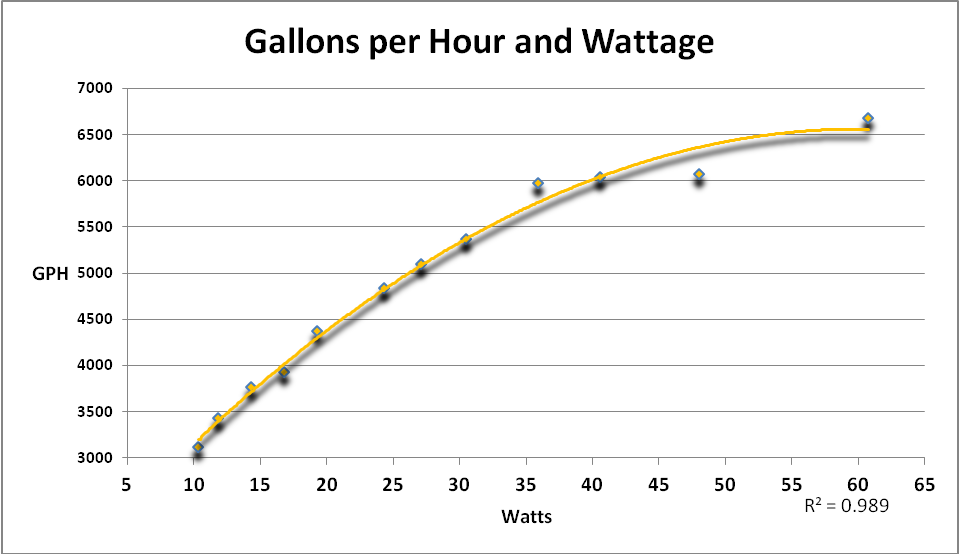
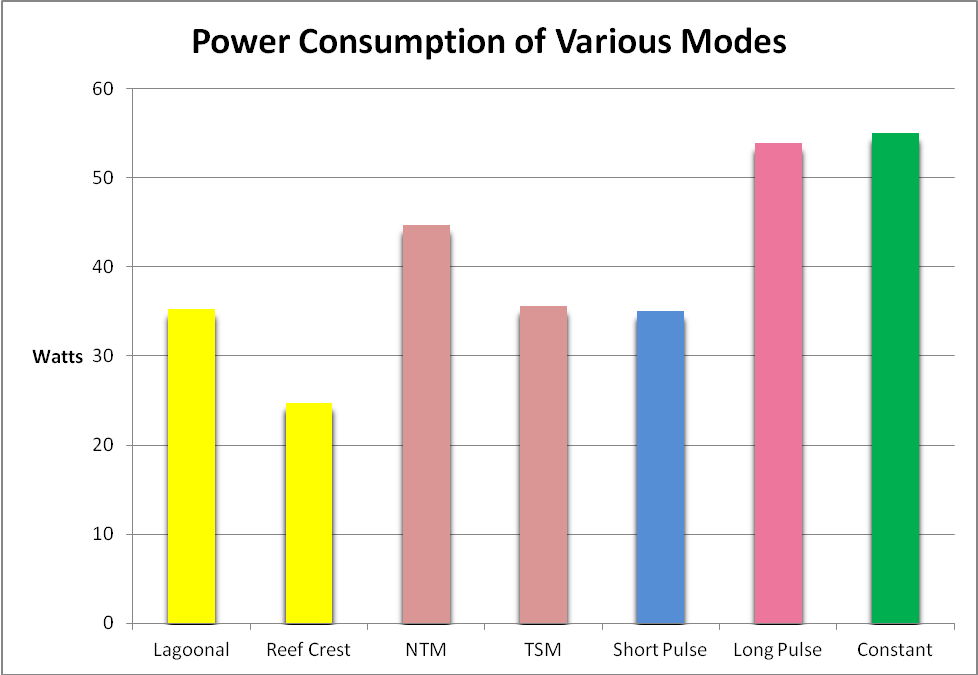
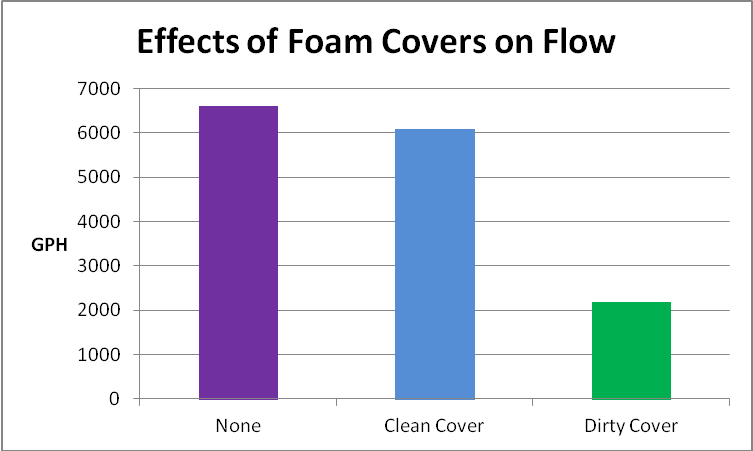
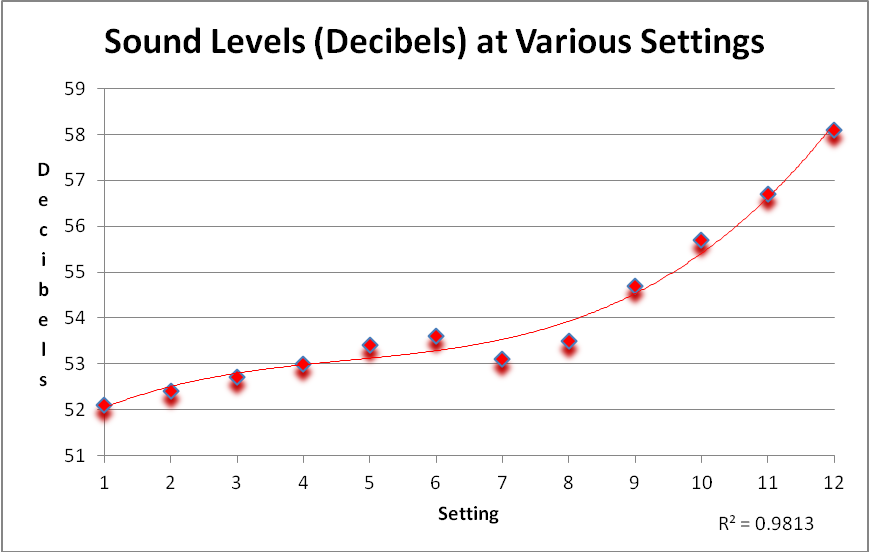

Thanks very much